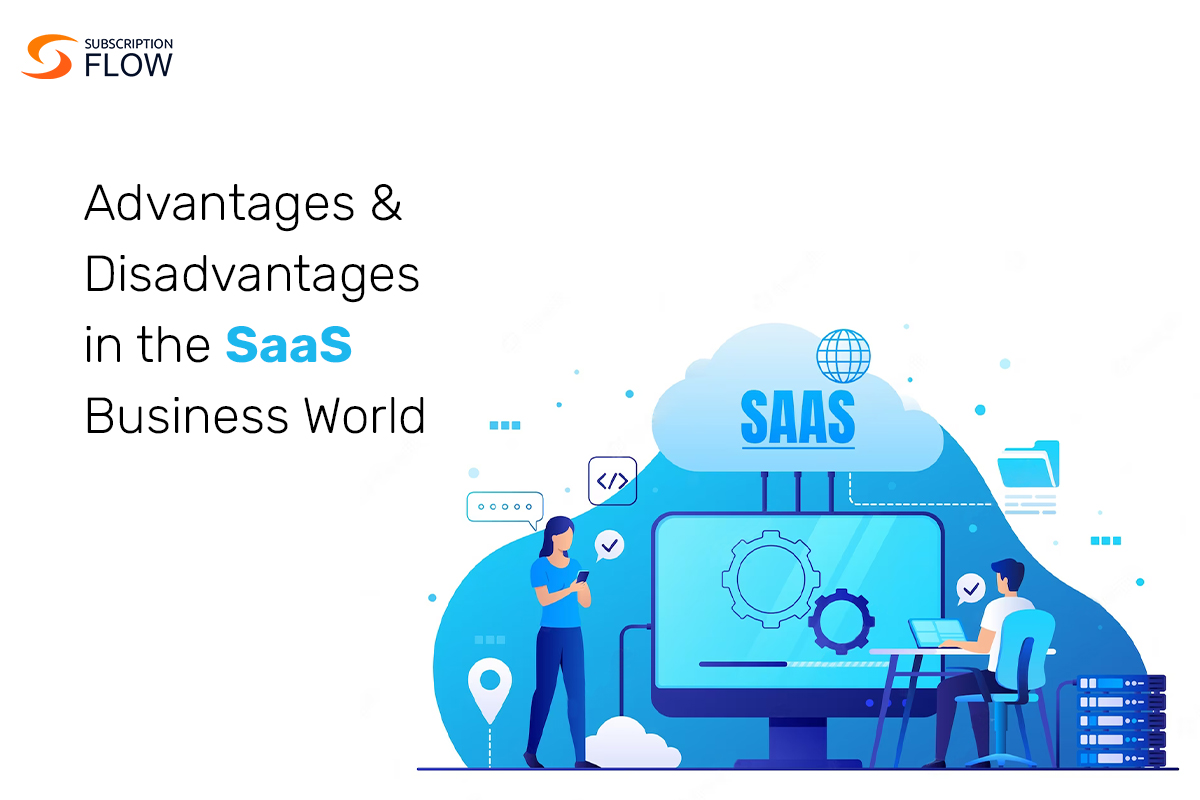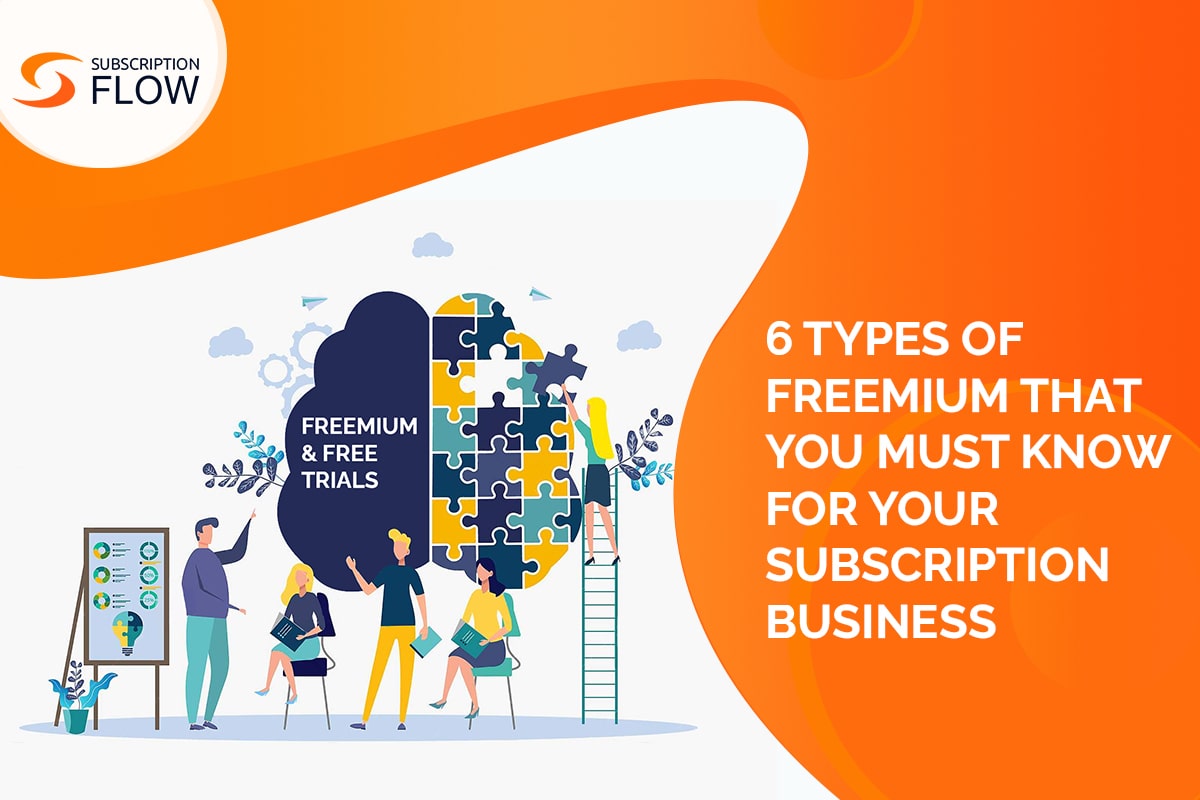
Sailing the SaaS Seas: Exploring its Advantages and Disadvantages
From manufacturing businesses to educational institutes, and from gym membership services to internet services, every company needs a technical solution to run everything seamlessly. However, it is crucial to look into details before investing money and time in opting for a SaaS solution for a business. As we embark on a voyage through the intricate currents of this technological sea, we will navigate the captivating waters of SaaS, steering through the winds of its advantages and bracing for the occasional turbulence of its disadvantages.
Today, SaaS solutions are so popular that almost every business cannot think of surviving even a day without these technical tools and applications. To understand, why SaaS solutions are so popular, we are going to discuss SaaS advantages and disadvantages in this article.
Also Read: SaaS Subscription Business Trends That You Need to Pay Heed To
Smooth Sailing: Advantages of SaaS
If you use your SaaS solution to the fullest, only then you will be able to see the wonders that SaaS can do for your business. And here are the advantages that you will experience:
1. Cost-Saving Option
Businesses can traverse cost-effective waters by using a subscription-based model, doing away with the requirement for substantial upfront investments. Additionally, the SaaS provider is responsible for infrastructure upkeep, updates, and continuous support, further simplifying operating costs. Due to their increased financial freedom, businesses are now able to use resources more wisely, which encourages innovation, expansion, and a more straightforward path to success.
Also, many SaaS businesses offer different pricing plans that you can choose from depending on your business need and budget. For instance, our subscription management software—SubscriptionFlow also offers pricing plans for not only startups but also for enterprise-level businesses. If you are looking subscription management SaaS solution, then SubscritionFlow pricing plans will surely be attractive for you.
2. Accessibility & Convenience
Another advantage because of which people widely opt for SaaS solutions is the easy accessibility of cloud-based SaaS solutions. Today, most SaaS business solutions are cloud-based. And when there is cloud, you can access this platform from anywhere in the world. Gone are the days of software tethered to specific devices or locations. Whether in the office, at home, or on the go, users can seamlessly access their tools, data, and workflows.
This liberty to access the system from anywhere increases team collaboration, accelerates decision-making, and fosters productivity.
3. Flexibility & Scalability
In the ocean of technology, tides continuously arise, and they bring changes with them. Sometimes these tides are high and sometimes low. With these tides of change, businesses need to upgrade their tech stacks. SaaS systems are kept scalable and flexible to accommodate these changes so that all businesses stay in competition.
Cloud-based SaaS solutions are all extremely scalable, and this flexibility gives them a competitive edge in the market where businesses look for robust technical tools and technology.
Navigating Choppy Waters: Disadvantages of SaaS
Beyond the horizon of benefits, challenges arise—security concerns and service interruptions cast shadows on the SaaS landscape. Now, we will take you to the disadvantages of SaaS.
1. Dependence on Internet Connectivity
While SaaS promises access to the software from any location at any time, its functionality is closely related to the reliability of the digital lifeline. The smooth flow of work might be affected by internet outages or other disruptions, which can have an effect on productivity and operational continuity. Despite the robustness of current connectivity, it is crucial for organisations to plan for and reduce potential downtime so that their SaaS-powered journey stays seamless even when they are occasionally hit by network errors and disruptions.
2. Limited Customization
The limitations of limited customization become apparent as we navigate the Software as a Service (SaaS) market. SaaS programmes frequently function within established parameters, in contrast to traditional software solutions that can be substantially customised to match particular business needs. Organisations with specialised needs or unusual workflows may face difficulties as a result of this restriction, which may force them to modify their procedures in order to match the software. Businesses must evaluate the advantages of quicker adoption against the requirement for customised configurations while keeping in mind that SaaS platforms work to strike a balance between standardization and flexibility. To navigate this area of SaaS, one must carefully map out the requirements and strategically evaluate how well the software integrates with current operations.
Also Read: How to Be Creative with Retention and Growth Strategies for Your SaaS with SubscriptionFlow
Conclusion
In conclusion, our team of experts opine that there are numerous benefits and advantages of SaaS platforms that are more than a few disadvantages that people pinpoint. Also, the disadvantages can be managed. That’s the very reason all sizes of businesses from small companies to startups, and from enterprise-level businesses to conglomerates, all consider SaaS business solutions necessary for their seamless operations.
After considering all pros and cons of SaaS, if you need to have the best subscription management SaaS software for your subscription business, then SubscriptionFlow is for you. Contact our experts to schedule a demo. We will show you how a robust subscription management platform brings ease to the life of retailers.










